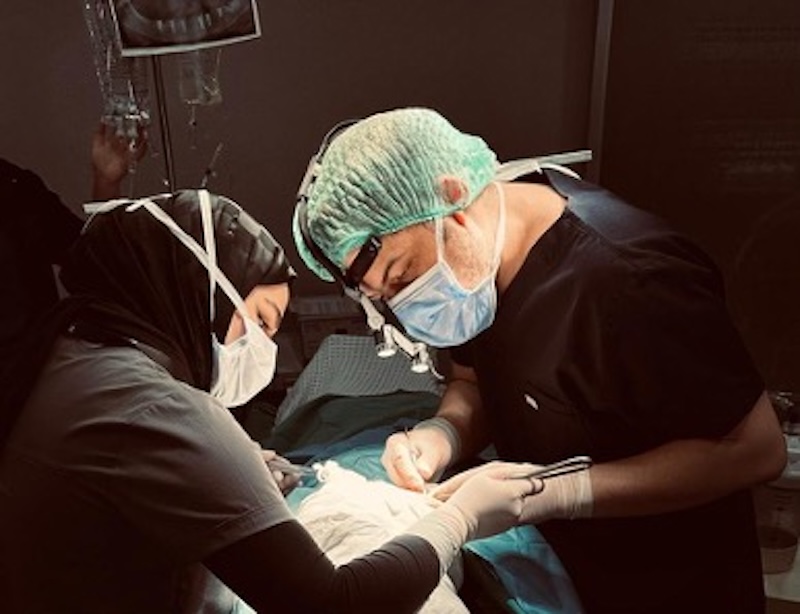Branded Content by Cosmic Press
Also called a deep bite, an overbite occurs when the?teeth?in the upper jaw are not properly aligned with the teeth in the lower jaw.?Often, the upper part ends up covering the lower part excessively, preventing complete dental visualization.
This is a problem that goes beyond aesthetics and can compromise the individual’s health in general.?After all, with a bad bite, musculature and joints also suffer, and this tends to cause pain and can even lead to temporomandibular dysfunction, that is, in the connection between the jaw and the jaw.?
In today’s post, we’re going to talk to you about the overbite and treating overbite with Invisalign.
The main causes of the problem
The etiology of the problem lies in several factors, one of which is poor growth of the mandible or jaw. Other possible causes are:
- musculature involved in chewing too hard, which can retract the mandible;
- loss of posterior teeth;
- bruxism;
- bad position of front upper teeth.
That is, the overbite is not caused by just one reason, but by a set of factors.
The signs of overbite
The development of a deep bite usually appears in adolescence, a time when the muscular and skeletal structure is still developing.?One of the most common signs is that young people feel their jaw lock during chewing, which can result in a change in the shape of the face.
Another problem that can occur as a result of an overbite is temporomandibular joint (TMJ) dysfunction, mentioned in the introduction to this article.?However, this occurs mainly in adulthood, and the main warning sign for the problem is hearing “snaps” between the jaw during chewing.? This problem causes very uncomfortable symptoms, such as ringing in the ears and headache.
The forms of treatment
The sooner the problem receives attention, the lesser the consequences will be, and the success of the treatment depends a lot on the age of the patient.? The younger the person, the faster the overbite will resolve, as the disorder may have caused less damage.
Orthodontics, a specialty that studies the positioning of the teeth and also the bone development of the region, allows treatment through?orthodontic devices such as Invisalign or braces.? It can be mobile or fixed, and the time of use varies greatly from one individual to another, and this is not only due to the response to treatment, but also because of the degree of impairment of the problem.
For patients who are still in the growth phase, a good option is the functional orthopedic corrector.? It directs the lower portion of the mouth so that it follows the upper portion.? Thus, the differences are corrected even before the overbite becomes a serious complication.
For more serious cases, in which the devices do not work, it is necessary to intervene surgically.?The procedure is called orthognathic surgery and its function is to retract the upper part of the mouth or advance the mandible.?It can only be done in individuals with stabilized growth, which happens, on average, from the age of 20.
The importance of overbite correction
If the deep bite does not receive adequate treatment, one of the consequences is TMJ dysfunction, or even gingival recession.?Another problem is jaw locking, which can happen at any time, causing intense pain.
Therefore, to ensure improvement in the condition, the best option is always to seek out a professional in orthodontics and make an appointment.?He is the one who can tell you what is the best form of treatment to prevent deep bite problems from developing.?The sooner this is done, the better.
Branded content furnished by our promotional partners. The Daily Sundial editorial staff is not involved in its production. Content does not reflect the views or opinions of the editorial staff.






